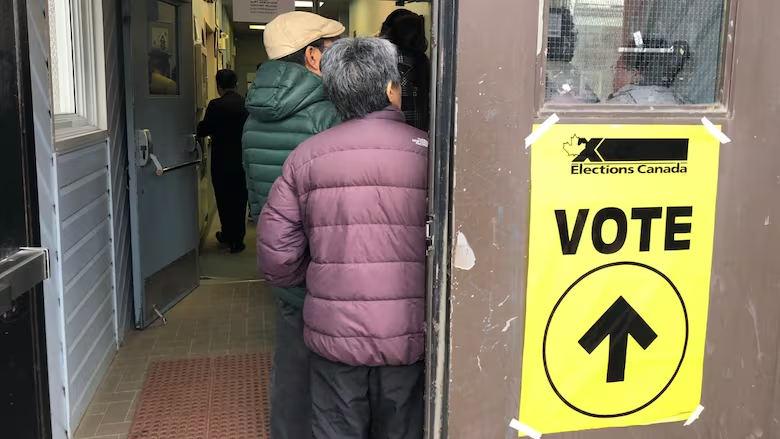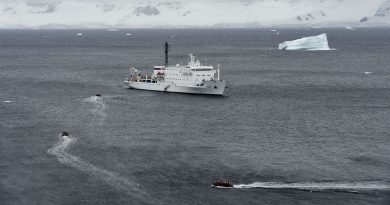75 years since federal recognition of Inuit voting rights

As Canadians head to the polls in the 2025 federal election on April 28, this year also marks the 75th anniversary of when Inuit obtained the right to vote in federal elections.
Inuit voting rights were formally recognized in 1950, but it wasn’t until 1962 that all northern communities had access to voting services.
A case study once done by Inuit Tapiriit Kanatami and Elections Canada explains how, at the time of Confederation in 1867, the Arctic was not yet part of Canada and remained remote and largely disconnected from the new country to the south.
“No treaties had been negotiated with them, nor were Inuit mentioned in the Indian Act,” the study said.
“This meant that when Canada’s borders expanded to include the traditional territories where Inuit live, the relationship between Inuit and federal and provincial governments was undefined in many ways—including whether Inuit had the right to vote in federal elections.”
Once Canada expanded into the North, there was still little contact with the federal government and voting services weren’t offered even though in theory Inuit had the right, the case study said.
Excluding Inuit from the right to vote
But this changed in 1934 when laws explicitly excluded Inuit from voting, the study said.
“The reason for this exclusion was the emerging view that Inuit were a federal responsibility, like First Nations peoples. Since First Nations peoples were denied voting rights, Inuit were also excluded from voting.”
Ruling paves the way
Inuit obtained the right to vote in 1950 after a Supreme Court decision that Inuit were a distinct Indigenous people from First Nations.
“The parliamentary committee reviewing the changes to electoral law stated that Inuit should be given “the privilege of voting” since, unlike First Nations peoples, they were not exempt from paying taxes,” the case study said.
The study said that the decision also came at a time when there was growing awareness of human rights and the Cold War with the Soviet Union was increasing the Arctic’s strategic importance.
Barriers to Inuit participation remain
But despite the voting milestone, the large distances, poor infrastructure, and lack of technology in the Arctic meant voting materials had to be delivered by ship, helicopter, snowmobile, and even parachute.
As a result, many communities in the Arctic still couldn’t access voting services.
But by the 1962 federal election, all Arctic communities had ballot boxes and were able to participate in the vote.
Comments, tips or story ideas? Contact Eilís at eilis.quinn(at)cbc.ca
Related stories from around the North:
Canada: Rundown on how Canada’s political parties plan to defend the North, Eye on the Arctic
Finland: US, Norwegian forces in Lapland for rapid reinforcement exercise, The Independent Barents Observer
Norway: Oslo looks to Brussels for strengthened security and defence, CBC News
Sweden: Swedish defence working on developing military drone force, Radio Sweden
United States: White House releases U.S. Arctic strategy implementation plan, Eye on the Arctic


